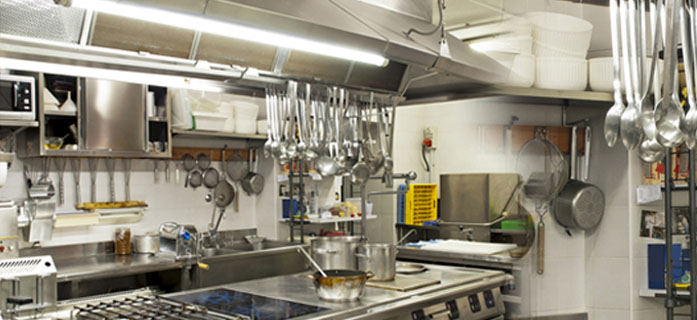Trends in Commercial Equipment for Restaurants
Trends for restaurants appliances and fixtures in 2019 features water dispensers, multi-functioning cooking equipment, reduction of labor, recycling bins, and automated technology. Food service equipment and supply trends are continually changing making service faster and easier for restaurant staff.
Trends in Commercial Food Service Equipment
Multi tap water dispensers will be a big trend for restaurants and food service. This service allows restaurants to offer customers sparking water at varying temperatures. Some dispensers have shots of flavor built in to add to the water for extra flavor. Most staff add syrup and fruit flavors to the water for added flavor.
Customers are seeking low alcohol drinks and mocktails. These water dispensers offer spritzers and sparkling cocktails to their customers. Millennials a large segment of the population are looking or healthier beverage choices. These water filtration systems can help restaurants add ice teas, carbonated ice coffee, sparking seltzer drinks, and low ABV cocktails to the menu.
Cooking equipment that is visually appealing to customers is becoming more prevalent. Ovens and equipment come in bright colors with easy to use touch screens. Many of the ovens perform multiple functions at the same time. Rapid cook ovens can prepare a variety of foods at the same time. Some ovens are controlled by Wi-Fi, split screens, and touch controller.
Any good Restaurant Equipment that reduces labor costs in the kitchen and improves efficiency in the kitchen have become necessary. The right tools in the commercial kitchen saves time and money. Cooking equipment is smaller and easier to operate. The trend is equipment that makes training better. Some machinery wraps flatware in napkins at about 500 per hour of rolls and bands chopsticks.
Composting and recycling bins are being used on site in more kitchens. On site composting bins are used to reduce food waste in the kitchen. Some will compost waste in less than 24 hours. They turn harmful food waste to compost for soil, biofuel, animal feed, pet food, or potable water. Some can process 65 pounds to 3,300 pounds per session.
Automation Provides Faster Service
Automated technology is making it easier to take order using kiosks, touch screens, chat boxes, social media, and smart TV. Online reservations systems are another popular technology. Kitchen equipment can communicate with each other. This equipment can be connected through the cloud through Bluetooth or Wi-Fi.
This connected kitchen equipment can send messages to staff via smart phone or another device. It can tell staff the fryer needs more oil, the refrigerator is too warm, a chicken is cooked, and the pasta is ready. It has new equipment that cooks barbecued meats quickly using wood.
More cooking takes place in the open and with stations ready to serve grab and go foods. Mobile stations have steamers, soup stations, toaster oven, coffee makers, snack systems, and self-cleaning buffets for lunch or dinner. Smaller equipment fits more compactly into tight spaces. Multi-cook ovens can cook four to seven items at the same time. Convenience is important.
Cold brew coffee makers are now used more in the food service industry. Some machines make the brew in 10 minutes or less. When restaurants use this with an infuser, customers can get cold creamy coffee to go with their meal. Trends focus on equipment that save space and time in the kitchen.


Comments are closed.